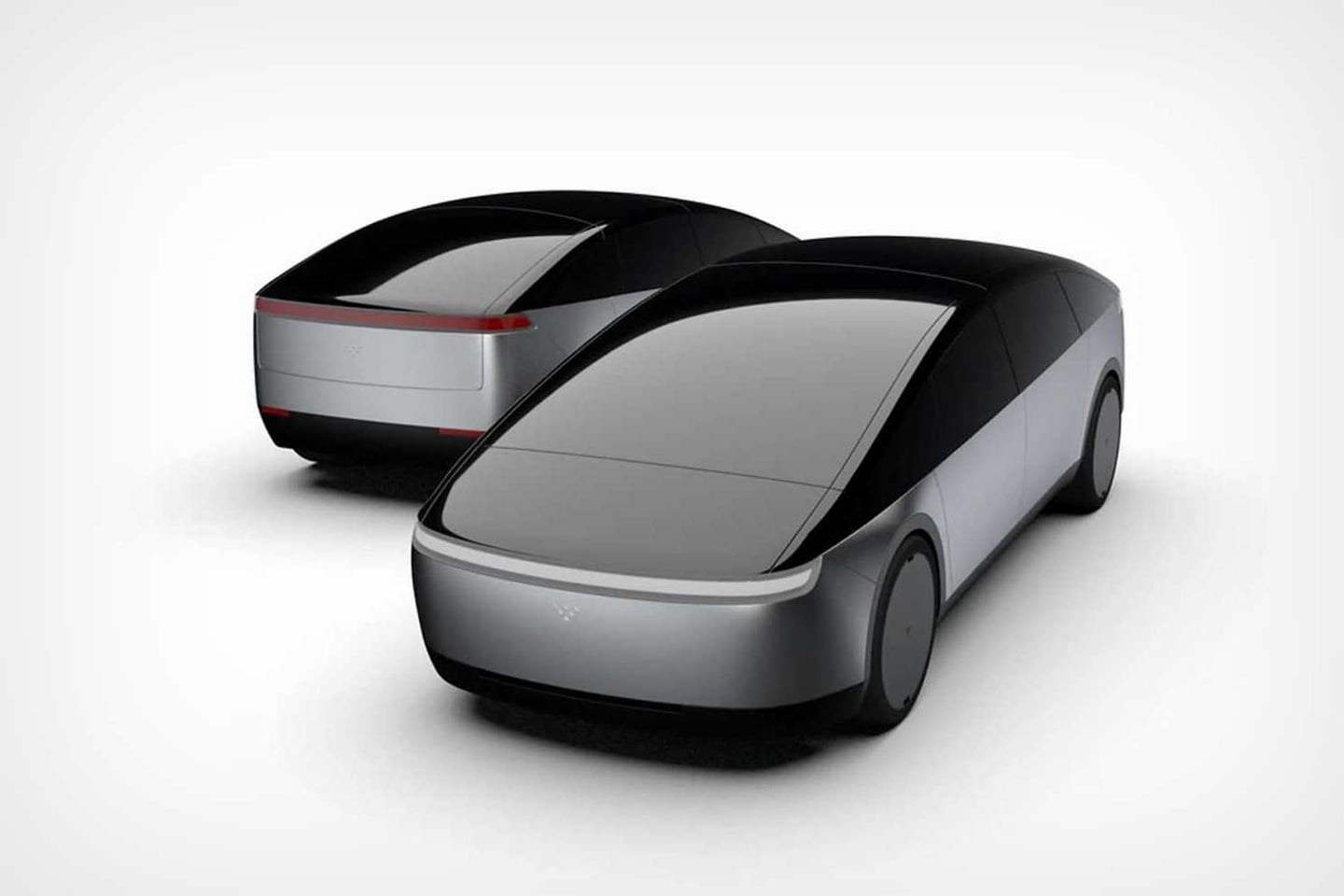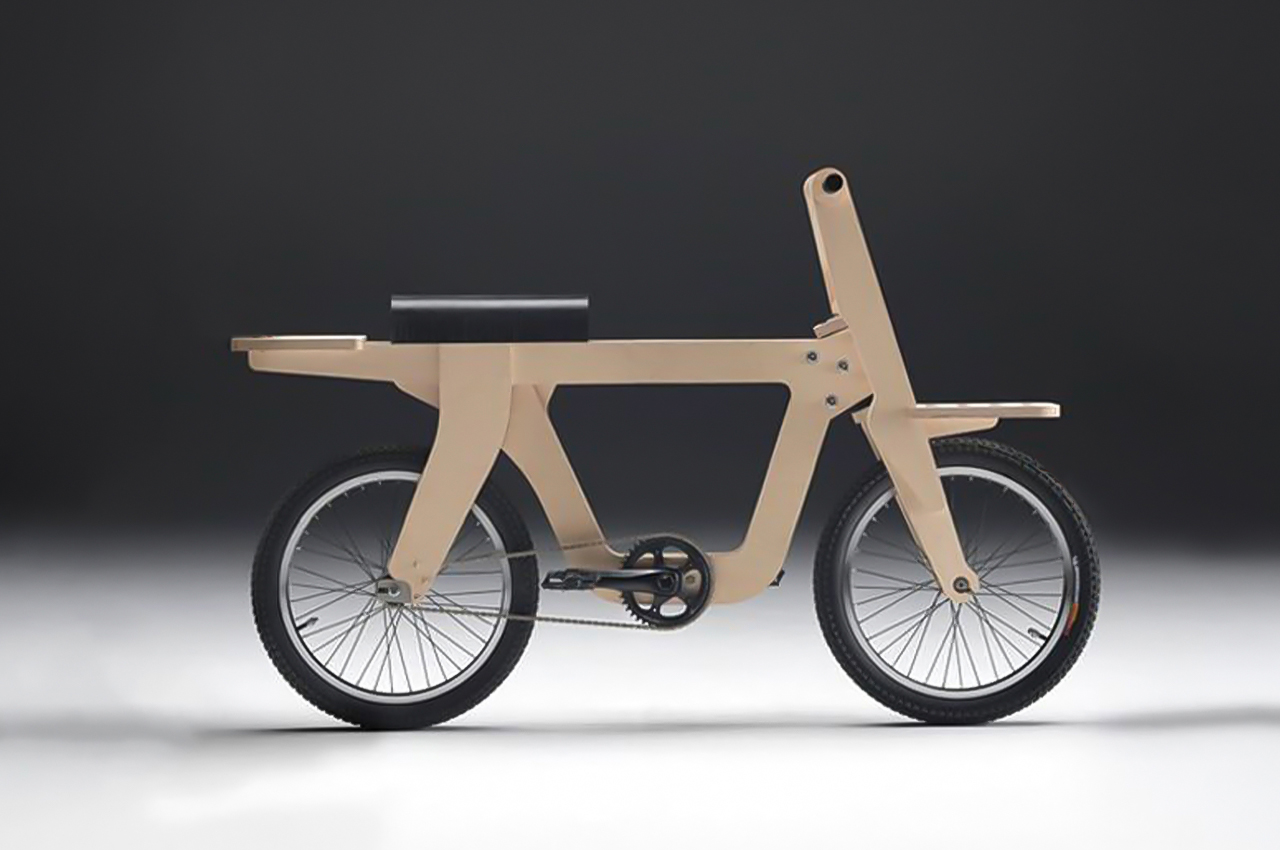#This algae-based 3D-printed surfboard design is sturdier than conventional foam boards
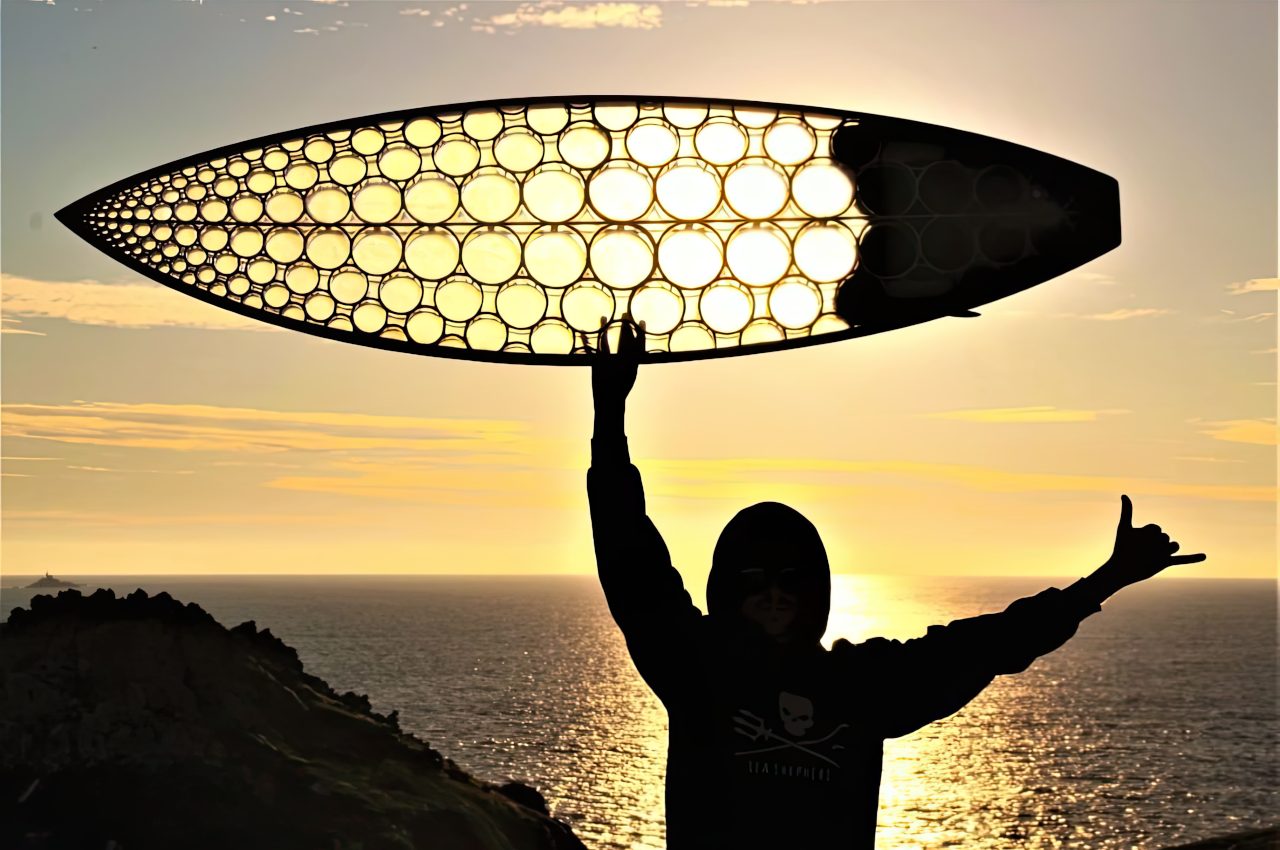

Polyurethane surfboards are a problem. According to the University of Berkeley (via a separate study conducted by the University of Wollongong), a single shortboard can create 375 pounds (0.170097 metric tons) of carbon dioxide (CO2) in the production process, and emit up to 600 pounds (0.272155 metric tons) over its lifecycle. Moreover, a regular surfer might go through several of these shortboards in one year.
If you take Surfer Today’s word on it, that eventually adds up to around 450,000,000 pounds (204116.5665 metric tons) of CO2 created across the entire surfing industry per year, if the cited figure of 750,000 surfboards produced per year is indeed correct. Other surfing-focused websites like Mpora seem to corroborate similar figures.
The old ways are growing less and less tenable as runaway carbon emissions result in global climate destruction. As a result, surfboard designers are opting for eco-friendly alternatives to the traditional epoxy resin-heavy, foam surfboard construction process. Take the upcycled sargassum algae-based 3D-printed Paradoxal Surfboards, created in France by designer Jérémy Lucas, as an example of innovation in the face of modern challenges.
Designer: Jérémy Lucas (via Paradoxal Surfboards)
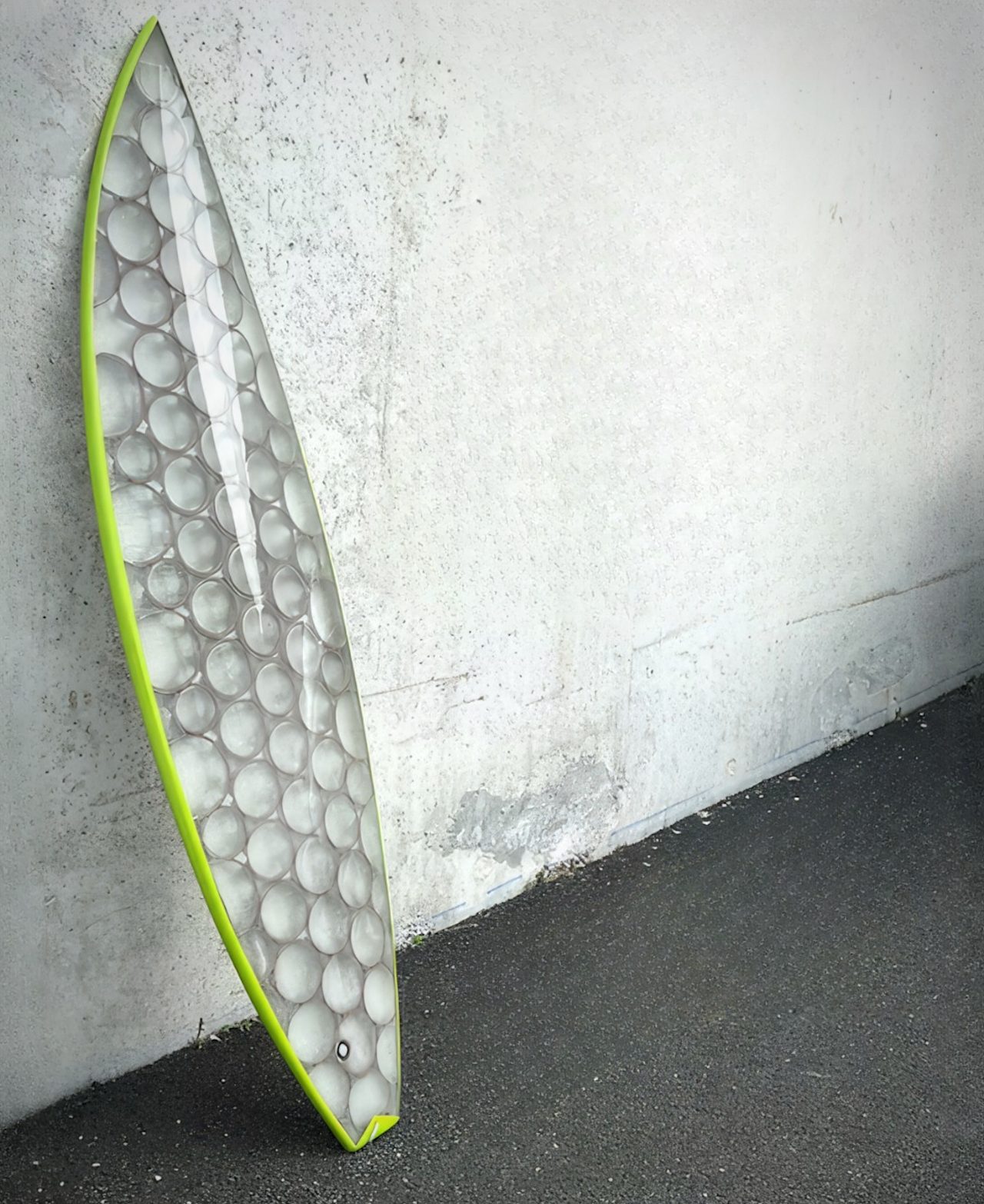

These Paradoxal Surfboards are designed using upcycled algae, collected directly from Ris Beach, Spain. Their structure and design is inspired directly from the honeycomb shape of nano-structures within the algae itself. Jérémy Lucas and the Paradoxal team zoomed out to the microscopic level and discovered sargassum algae had a surfboard-like shape, and thus the Paradoxal Surfboard design was born.
Granted, the surfboard isn’t entirely made of algae. Instead, it’s built with a 3D-printing process that combines “thermoplastics, thermosetting materials and biosourced fibers”. By using this mixture of materials, Paradoxal is able to create uniquely-shaped designs that are reinforced in specific areas, making the entire build more durable and resistant to the stresses of the ocean.
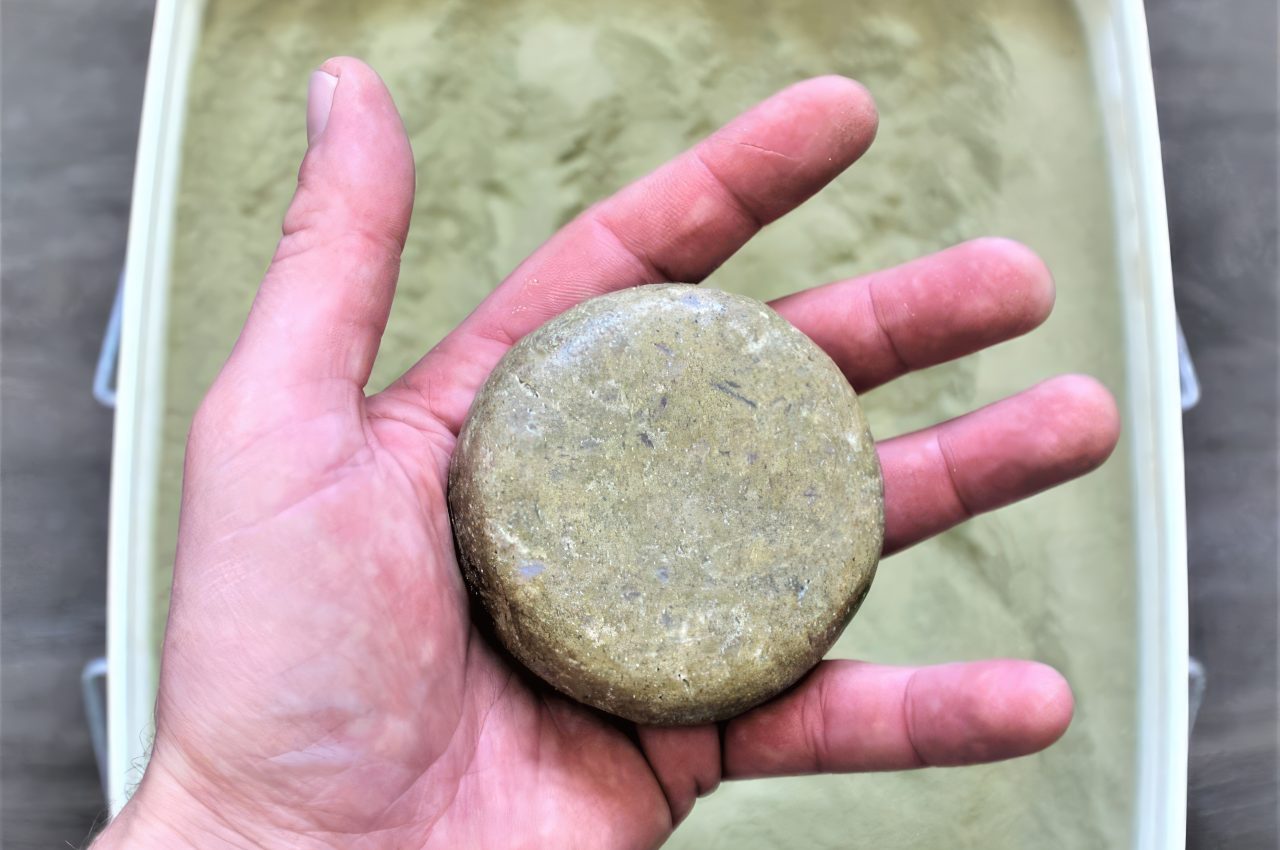
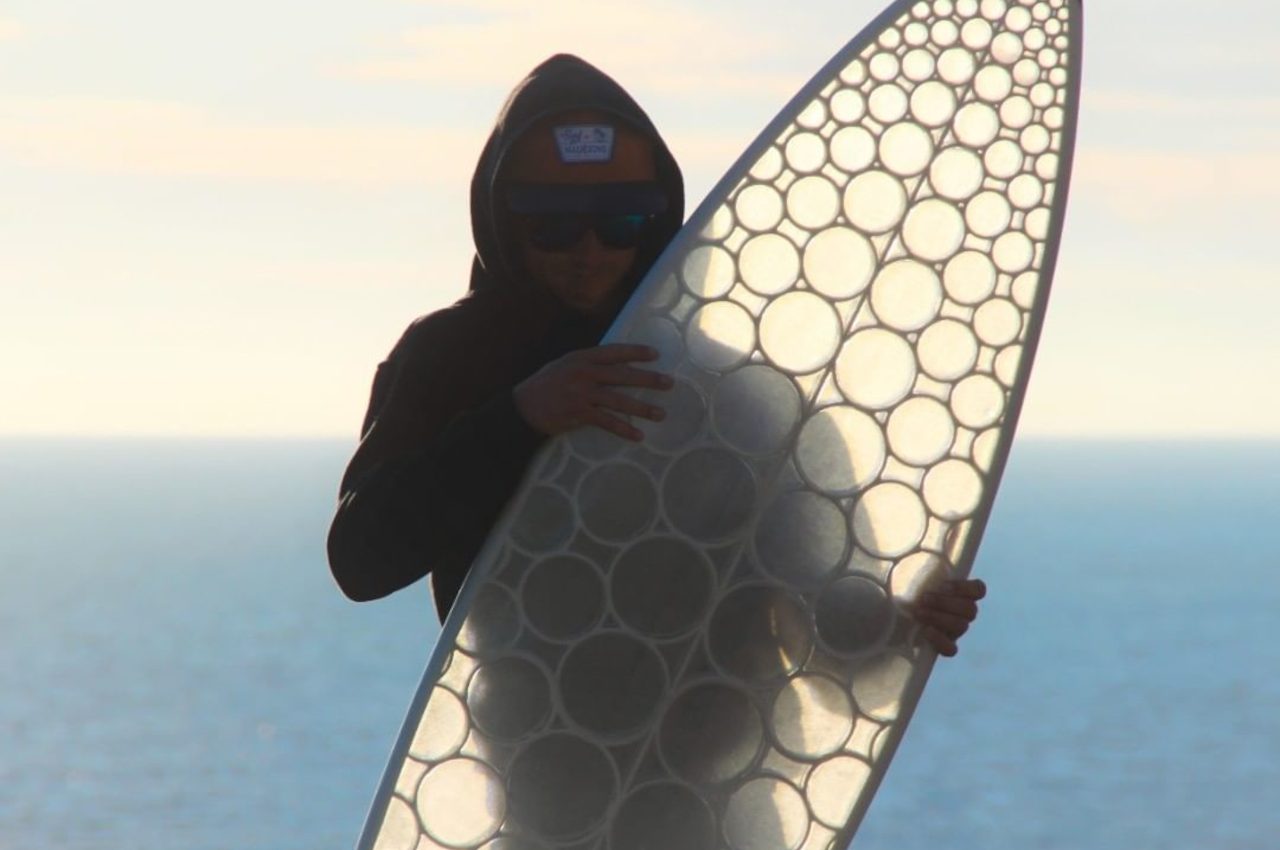
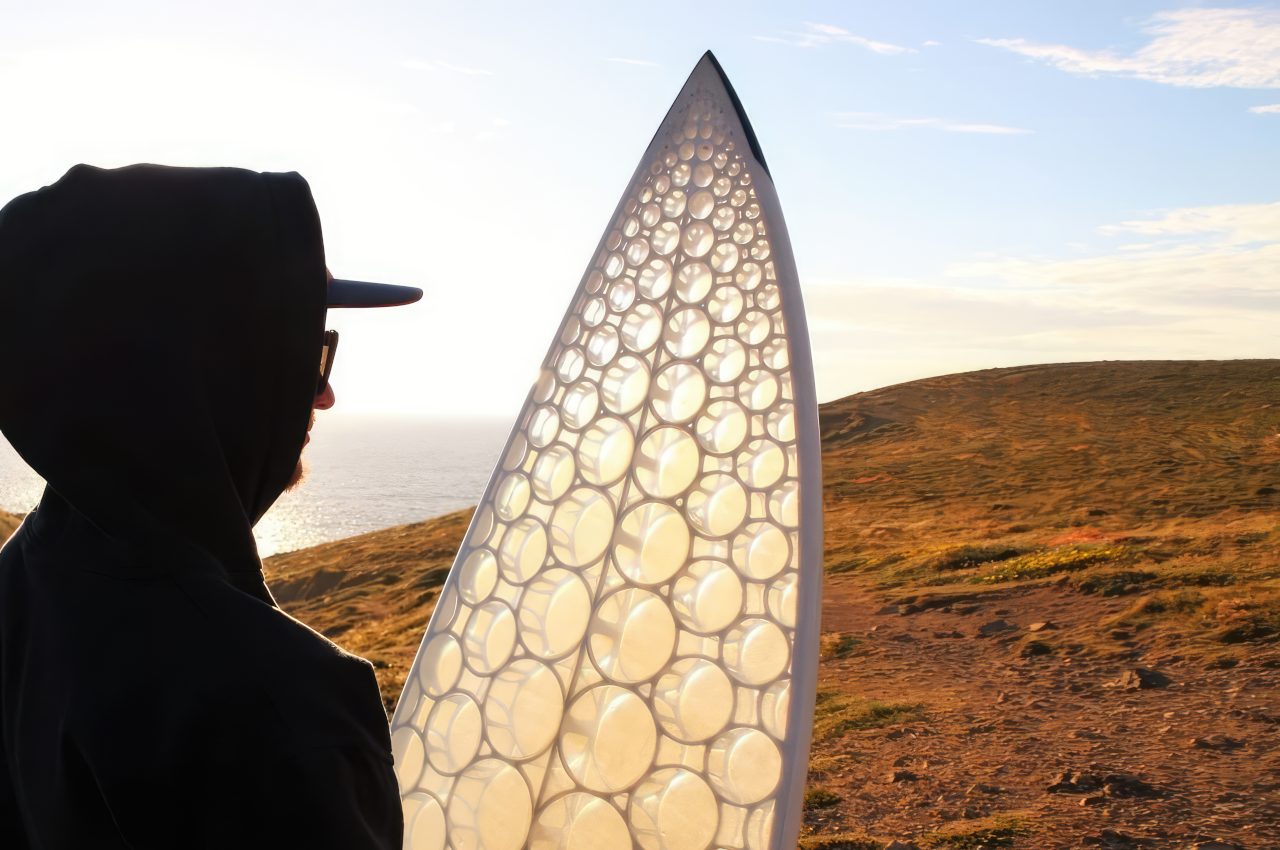
Its see-through laminated design and circular lattice structure look beautiful in direct light, where the entire layout comes to life as if it were aquatic wildlife discovered on an alien planet, rather than a 3D-printed surfboard made of algae and thermoplastics.
Those circular structures – which give the board its enhanced sturdiness, since they can flex – are the primary benefit of 3D-printing. You can’t easily create similar structures within a polyurethane foam blank, and it’s potentially even more cost-effective to 3D-print a board with this design when you consider its total lifespan is probably far longer.
That said, it’s unclear when Paradoxal Surfboards will be available commercially – or the MSRP they will be available at. It sounds like Paradoxal will release them in limited quantities later this year.
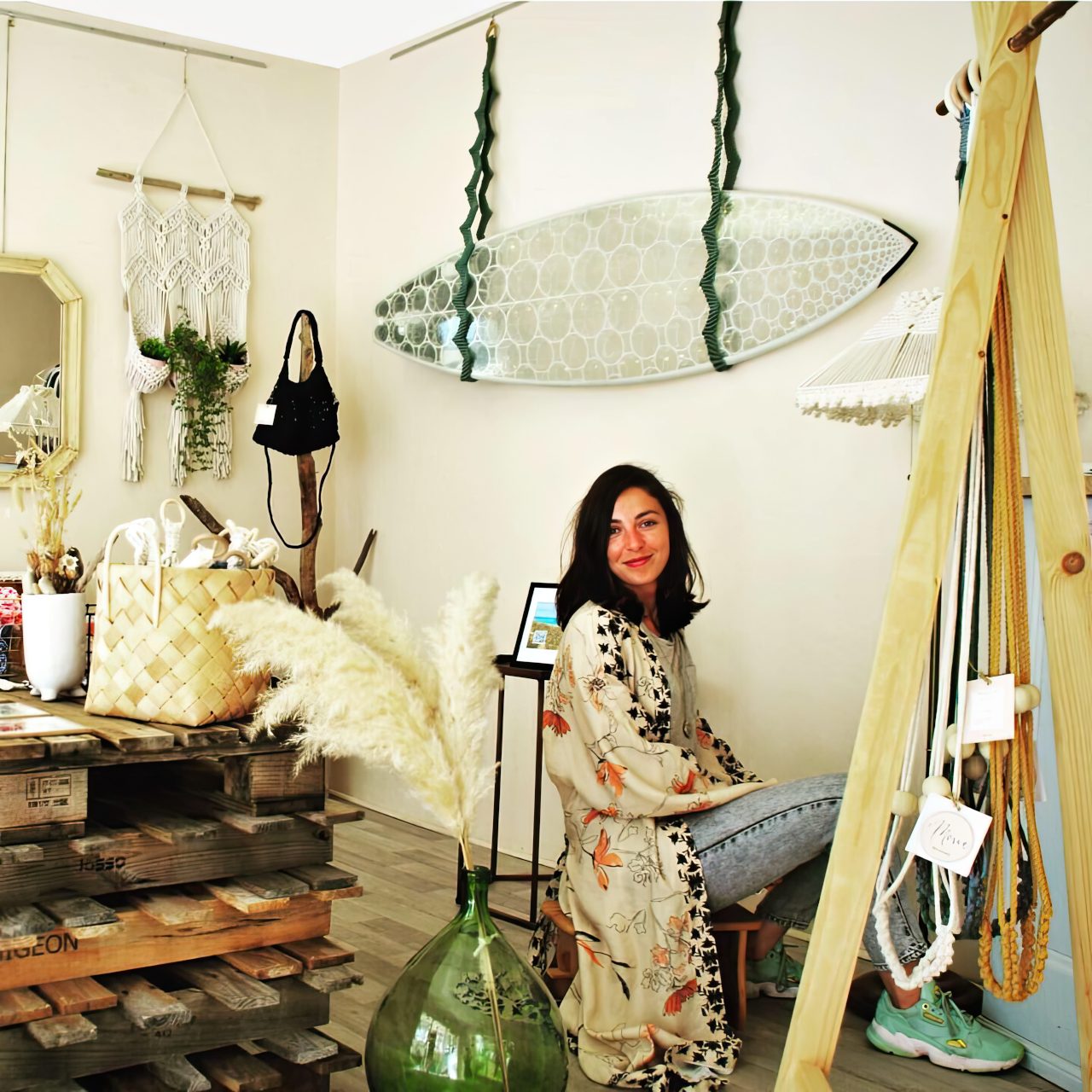
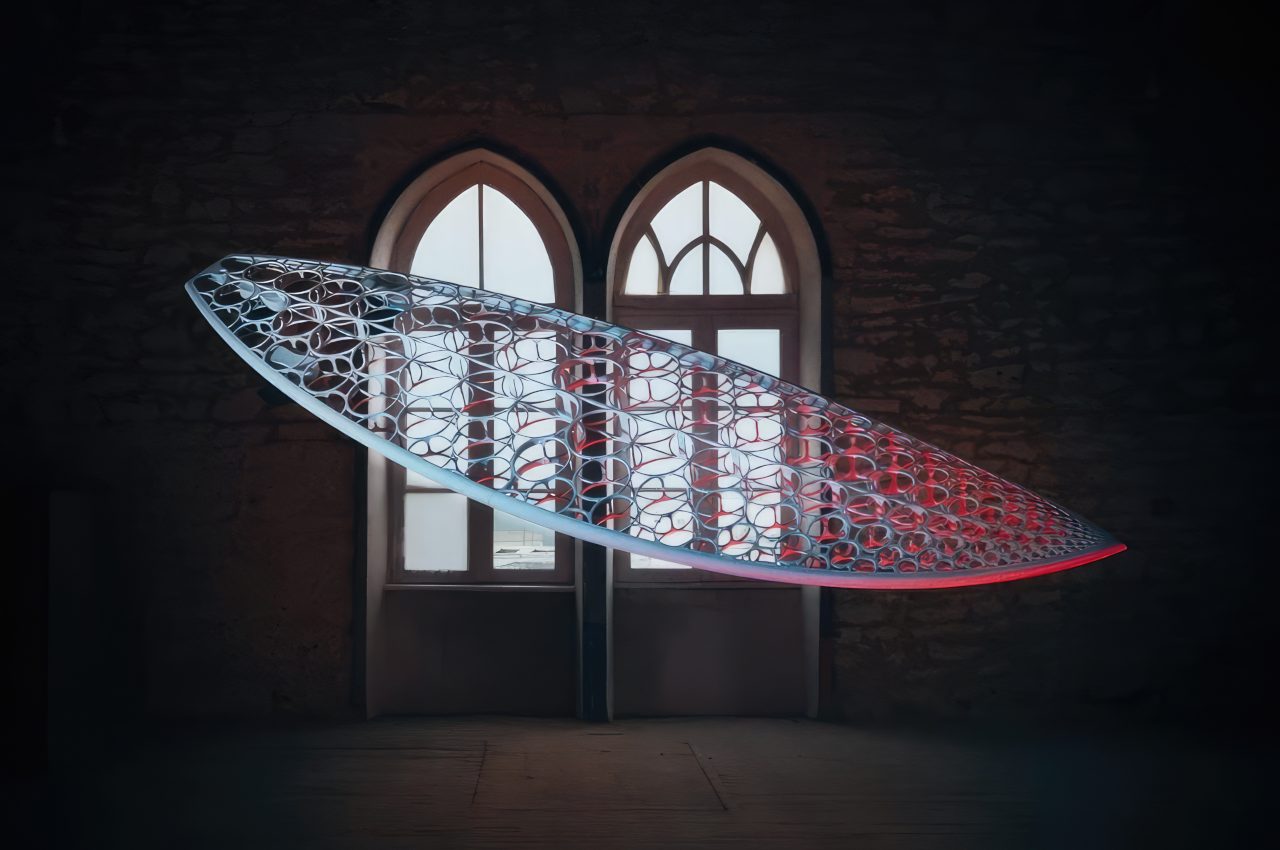
Gabriel Moss
If you liked the article, do not forget to share it with your friends. Follow us on Google News too, click on the star and choose us from your favorites.
For forums sites go to Forum.BuradaBiliyorum.Com
If you want to read more like this article, you can visit our Technology category.
